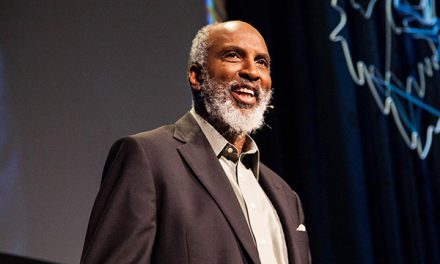Written by Cleary Vaughan-Lee / Global Oneness Project
One of my favorite lines from Harper Lee’s To Kill A Mockingbird is from Atticus Finch speaking to his daughter Scout. A father, lawyer, and resident of Maycomb County, Alabama, Finch said: “If you can learn a simple trick, Scout, you’ll get along a lot better with all kinds of folks. You never really understand a person until you consider things from his point of view, until you climb inside of his skin and walk around in it.”
Finch defines empathy to its core. Learning empathy through stories is a powerful tool for students. Stories are universal. They contain a unique power that leads to self-reflection, compassion, and the ability to bear witness to multiple perspectives in an ever-changing world.
We’ve created an Empathy Collection containing 15 stories and lesson plans to foster empathy in the classroom. Students meet individuals and communities from different backgrounds and geographic locations who are facing challenging global issues such as climate change, drought, gentrification, immigration, migration, poverty, and war. Each story and lesson examines these issues from a humanistic perspective.
Students, in turn, are asked to reflect on their own lives through the lessons’ discussion and writing prompts. The following is one of my favorite questions from the lesson “Our Shared Humanity,” a companion to the film My Enemy, My Brother by Ann Shin: Do you think positive human characteristics (such as love, empathy, and compassion) have the ability to cut across other “borders,” such as gender, race, ethnicity, or different economic backgrounds?
Learn how you can create your own collection. And, as always, we’d love to hear from you.














